Tips to Control Fall Garden Pests
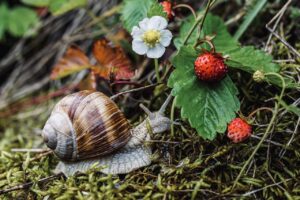
Garden insect pests can be a real nuisance as they invade our gardens, destroying our garden plants. What makes matters worse is that many of them have been known to carry and spread diseases. These garden pests can turn a dream garden into a nightmare, causing healthy, beautiful plants to become an eyesore if action is not taken immediately.
However, through early and proper identification, we can strike back, putting an end to their reign. I have had to deal with such garden pests on many occasions, bringing control through proper and effective practices that worked wonders. Below we will discuss fall garden pests in South Florida and how to bring control.
Snails
We have come too far (spring through summer) and worked so hard in our gardens to let pest issues take over our landscapes and gardens. Many years ago, I was a foreman on a 2-acre estate (landscape) that was beautifully maintained. My crew and I did our best to ensure that the gardens retained their beauty and luster, but one common garden pest that was a real challenge was snails.
These garden pests seem to be everywhere, especially during the early morning hours. When I arrived at work, I tried handpicking them (mechanical control), which is a safe and effective way without applying chemicals. This method would have worked if the snail population was small, but because their presence was such great in numbers, snail bait was brought in to bring quick control.
Cabbage Worms
The female lays her eggs on the leaves’ underside, the eggs resemble tiny green footballs. The baby worm-like caterpillars are 1 inch long and are covered in fine hairs that give the appearance of velvet. Pale yellow lines run lengthwise down their bodies. Signs of this garden pest include holes in the flower stalk or leaves, and the plant leaves are also skeletonized. Dark green round pelleted excrement, which is known as fras, can be seen as well. The use of Bacillus thuringiensis will bring control. Before applying, read and follow the manufacturer’s directions for best results.
Corn Earworms
Corn worms love tomatoes and sweet corn; as the name suggests, these garden pests can be easily identified by their olive-gray to dusty brown color. Each forewing has a dark spot, with the hind wings having dark bands across pale wings. The larvae grow up to 2 inches long and have thorny microspines, the larvae vary in color from pink to brown, yellow, and green.
Corns that are infected have damaged tips, if you pull back the husks, you will find chewed kernels. If the corn is left unchecked, the worm will eat through the husks. With tomatoes, corn earworms will make holes as they (corn earworm) chew through them.
Control measures include the use of cyhalothrin, permethrin, bifenthrin, carbaryl (Sevin), cyfluthrin, or esfenvalerate. Before applying chemicals, read and follow the manufacturer’s directions for the best results.
Pumpkins, cucumbers, and squash are favorites of this garden pest, the cucumber beetle hides under debris and leaves. The adult beetle is yellowish-to-green in color with a dark head, legs, and antennae. depending on the species they have distinctive stripes or spots that are black on their wings. The larvae of these beetles are creamy white and wormlike with slightly darker heads and tips.
Cucumber Beetles
Signs that these insects are present in your garden are leaves with holes, stunted plants, leaves that wilt and turn yellow, or leaves that have an unnatural form, along with stunted fruits. To bring control, use Sevin Killer Dust, Sevin insect killer, or Sevin Insect Kill Concentrate. Before applying insecticides, read and follow the manufacturer’s directions for the best results. Because the adult beetle overwinters in weeds, it’s best to keep the surrounding areas, along with your garden, free of weeds and long grasses.
Fall Webworm
These worms can be identified by a tan or yellowish color, are hairy, and are up to 1 inch long. Also, look for a silken tent that is gray and loosely spun by a group of caterpillars feeding on the leaves at the end of the branch. Signs of their presence are leaves that are eaten, taking away from the beauty of garden plants; the webbing of these garden pests can also be seen.
Fall webworms rarely do serious damage to trees. In most cases, the trees will regrow their leaves back the following spring, Fall webworms can be controlled with either SEVIN insect killer, Bacillus thuringiensis (Bt), Carbaryl, and pyrethroid insecticides such as esfenvalerate, cyfluthrin, permethrin, and bifenthrin. Before using insecticides, read and follow the manufacturer’s directions for the best results.
Stink Bugs
Stink bugs are also known to be destructive, These garden pests hang out on the sunny side of houses because of the warmth; they feed on vegetables and fruits and may be found in great numbers under pumpkins and squash. Once the colder months approach, they will seek shelter (in your home) indoors to overwinter and will emerge once the warmer months (spring) return.
All stink bug species have a shield shape, with some having more of a triangular shape in appearance while others appear to be more rounded. The adult beetle is between 1/3 to ¾ inch long. These bugs have one pair of segmented antennae, two pairs of overlapping wings, and three pairs of legs.
Stink bugs cause damage to fruit trees, ornamental plants, and other garden plants. These bugs do not cause structural damage to homes, nor do they bite humans. Sting bugs, however, will release a foul-smelling chemical to keep predators at bay or to avoid them. Control measures include companion planting or installing garlic, thyme, radishes, catnip, marigold, lavender, or chrysanthemum among your garden plants.
Keep your garden and the surrounding area free of debris to control these bugs from entering your home, and seal all cracks and crevices. Vents in attics and crawl spaces can be protected with a screen. Cracks around windows and doors can be sealed with caulk.
Aphids
Aphids are pear-shaped, tiny insects that can be either light green, white, yellow, grey, or brown. These garden pests love the new or young tender growth of garden plants. Aphids cause damage by piercing garden plants and extracting or sucking the plant’s fluids or juice, infected plant leaves are discolored, stunted, curled, and will drop off from plants.
Aphids secret a sugary substance known as honeydew, in which a black mass (Sooty mold) forms on the leaves, causing the plant to look sickly and unattractive. In severe cases, sooty mold may also spread to the stems and branches. Besides the appearance of sooty mold ants is seen in great numbers, and the reason for this is that ants are attracted by the honeydew, which is sweet and sugary, which is the excrement of aphids.
The nymphs or the young are greenish but turn yellow as they mature. A strong spray of water from a garden hose will knock them off, bringing elimination, and the use of insecticidal soap or horticultural oil will bring control. Before applying pesticides, read and follow the manufacturer’s directions for the best results.
Additional information
Besides garden insect pests, keep a lookout for these fungal diseases that can also cause garden plants to lose their beauty and luster.
- Powdery Mildew
- Plant Rust
- Black Spot
Powdery Mildew– During the cool, wet weather, garden plants can fall victim to this fungal disease. Powdery mildew appears as a white powdery substance on the plant’s leaves. Small brown or pale irregular marks may also appear on the petals. The use of a fungicide or mixing 1 teaspoon of baking soda in 1 quart of water, stir or shake well, and add to a 32-oz spray bottle. When spraying, ensure that the solution comes out misty, spray the plant thoroughly by getting full coverage of both the top and underside of the leaves. Spray the stems as well if powdery mildew spreads to this area.
Plant Rust– This disease is encouraged by weather that is cold, mild, and damp; the spores are spread by water or the wind. Signs include tiny raised specks on the leaves that are rust coloring, yellow, purple, brown, orange, or red. To bring control and stop overhead irrigation. Instead, use a drip irrigation system, watering your flowering plants early in the morning so they can be dried by the sun’s rays will help, applying neem oil or a weekly dusting of sulfur, or the use of commercial fungicides will bring control. Before applying pesticides, read and follow the manufacturer’s directions for the best results.
Black Spot– Black spot is a fungal disease that appears as black spots on the upper part of the leaves or the leaf’s surface. This disease has been known to cause yellowing of plant leaves and even leaf drop. Control measures include the use of the GardenTech® brand’s Daconil® fungicides. Before applying fungicides, read and follow the manufacturer’s directions for the best results.
Conclusion
As you have seen from what we have discussed, control is possible; it’s all a matter of identifying garden pests at the first sign of plant decline, followed by applying the proper control methods. Why should our garden and landscape plants suffer at the hands of these garden pests? With the information that was shared, I encourage you to strike back as you seek to win the war on garden insect pests that have no place in our gardens.
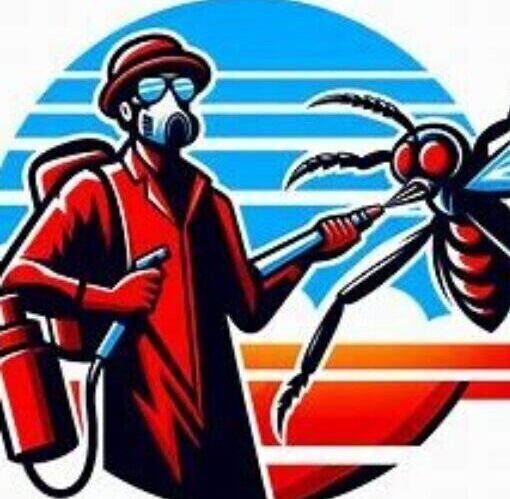
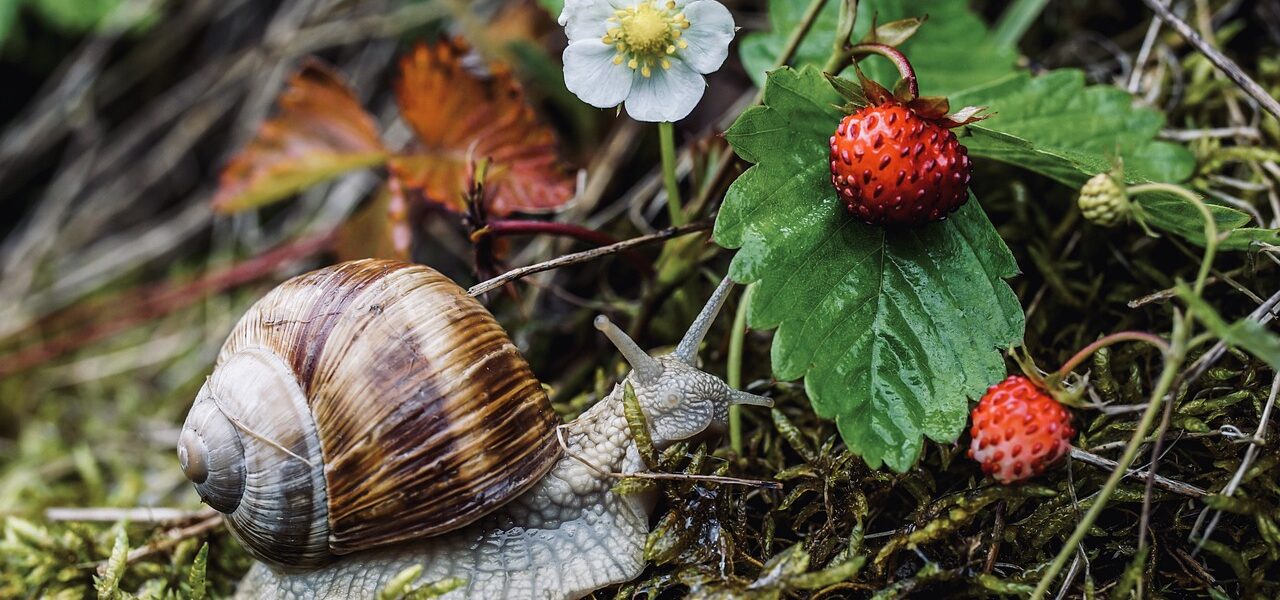

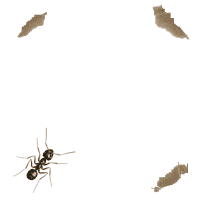

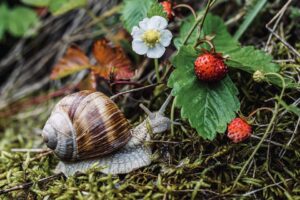





This is a really interesting and helpful post. I used to wonder what my Aunt was doing to keep the bugs and pest off her garden since she plants lots of different flowers and fruits. Every time I go over to her house I keep seeing her strawberries being eaten by bugs, she does do some things to keep them away but often times it doesn’t work. So I have a question, what can she do more to get rid of the bugs without using harmful pesticides besides some of the things you mention?
Many brands of organic pesticides can be used that is safe for edible plants. Also, you can have a look at these posts https://bugoffcontrol.com/gard…, https://bugoffcontrol.com/orga… I hope this helps
This blog does a great job of identifying common fall garden pests in South Florida and providing actionable solutions for each one. I appreciate how it breaks down the pests by type and offers natural and chemical control options. Personally, I like to take a more eco-friendly approach whenever possible, so methods like handpicking snails or using Bacillus thuringiensis for cabbage worms really stood out to me.
The detailed descriptions of each pest make it easy to spot issues early on, which is crucial for effective control. I also love the emphasis on keeping gardens free of weeds and debris, which helps prevent infestations in the first place. It’s a comprehensive guide that should help gardeners keep their plants healthy and pest-free!
Thank you for stopping by and sharing your kind words I am happy that I could help.
This is a very informative post! I’ve been struggling with aphids in my garden and didn’t realize how much damage they could cause. The tips on using insecticidal soap and spraying with water seem straightforward, so I’ll definitely try them out. Also, the part about stink bugs releasing a foul smell was surprising—I had no idea!
For someone new to gardening, what would be the best method to start controlling pests like snails and cabbage worms without using harsh chemicals?
Thanks much, snails can either be hand-picked and thrown into a container of soapy water that will bring elimination once the infestation is small. You should also wear a strong pair of garden gloves when using his method.
If the population is too nuremous then I would prefer to use snail baits, with cabbage worms I would use an organic pesticide that is safe to use on edible and ornamental plants. Before applying pesticides always read and follow the manufacturer’s directions for the best results I hope this helps.
This article provides a comprehensive guide on managing fall garden pests in South Florida, offering practical tips for dealing with everything from snails to aphids. I appreciate the detailed descriptions of each pest, along with the various control measures that can be applied. The inclusion of natural remedies and chemical options, while also emphasizing the importance of following manufacturer directions, shows a balanced approach to pest management. This is a valuable resource for any gardener looking to protect their plants and maintain a healthy, thriving garden!
Thank you for your kind words, I am happy to help!